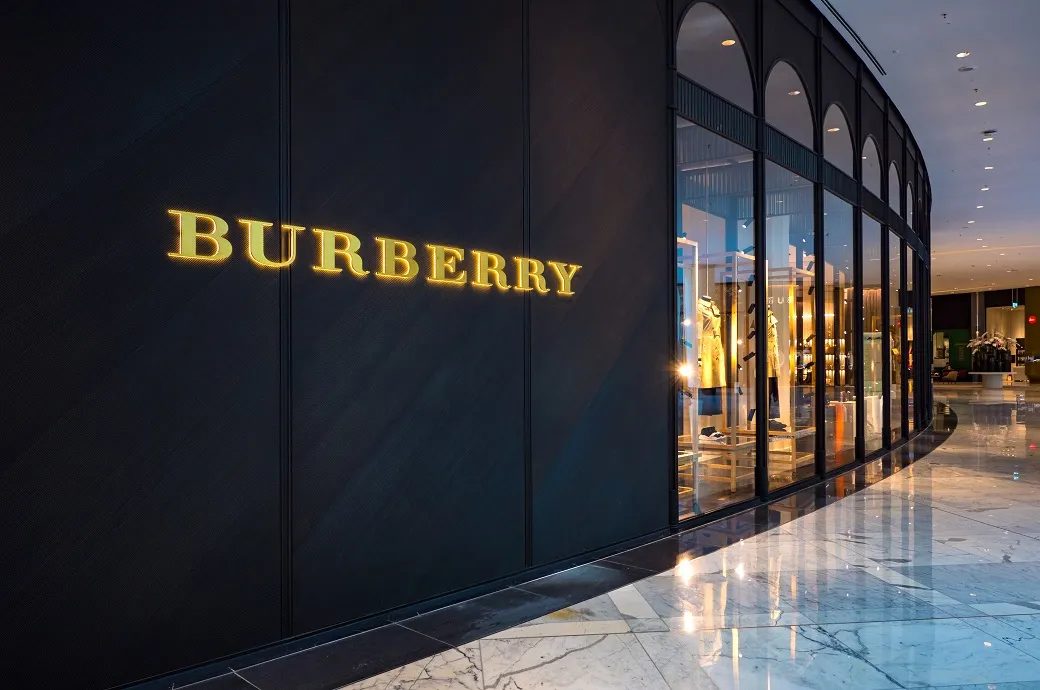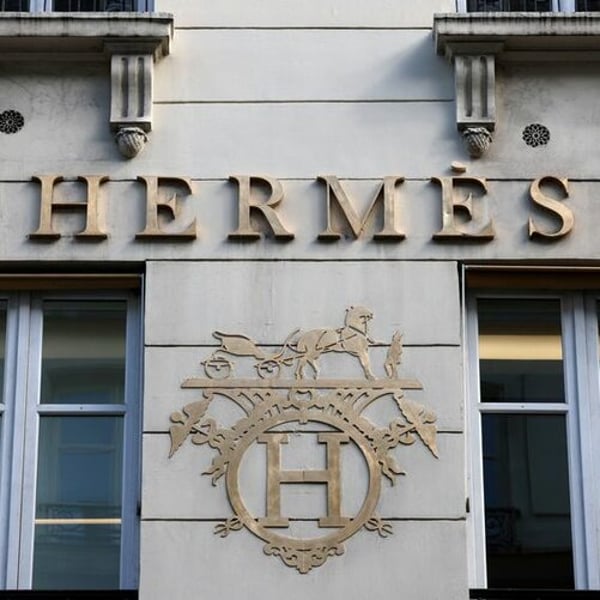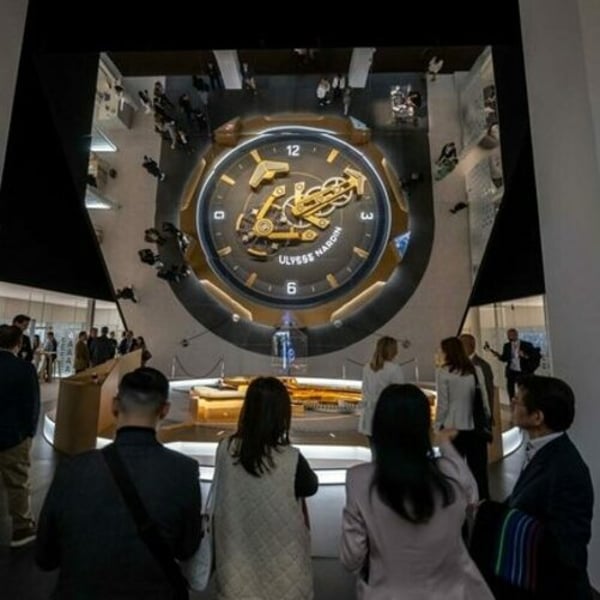Gross profit rose to £701 million, while gross margin expanded sharply to 67.9 per cent from 63.4 per cent, an improvement of 450 basis points (bps) at reported rates (410 bps at constant exchange rates). The company largely attributed this to non-recurring inventory difficulties over the prior year, including stockouts and inventory issues.
Burberry's H1FY26 revenue fell to £1.03bn (~$1.36bn), although margins strengthened as gross profit rose and adjusted operating profit returned to £19m (~$25.08m). Comparable sales stabilized, growing 2 percent in the second quarter. EMEIA and the Americas grew, while Greater China and Asia Pacific improved. For FY26, Burberry expects retail space to remain largely unchanged.
Adjusted net operating expenses fell 7 percent at reported rates and 5 percent at constant exchange rates to £682 million, reflecting the impact of the ongoing cost efficiency program and the absence of store impairment headwinds in the prior year, partially offset by inflation and targeted investments, Burberry Group said in a news release.
As a result, adjusted operating profit reached £19 million (~$25.08 million) in the first half of FY26, compared to an adjusted operating loss of £41 million a year earlier. Adjusted operating margin improved to 1.9 percent from negative 3.8 percent, an increase of 570 basis points at reported rates.
Net financial expenses rose modestly to £30m from £27m, leading to a pre-tax loss of £48m, an improvement on the previous year's £80m loss. The loss attributable to shareholders narrowed to £26 million from £74 million. Adjusted pre-tax loss improved to £11m from £68m and adjusted diluted earnings per share returned to positive territory at 0.6p, against a loss of 18.3p in the previous year. Reported diluted loss per share narrowed to 7.1p from 20.8p.
The retail segment remained the core of the business and accounted for around 85 percent of retail and wholesale revenues. Retail sales declined 1 percent at constant exchange rates and 3 percent at reported rates in the half, but comparable sales generally stabilized and improved as the half progressed.
Retail revenue rose to £854 million, up from £885 million the previous year. Wholesale revenue fell to £148 million from £169 million, a decline of 12 per cent at reported rates and 11 per cent at constant exchange rates, although slightly better than guidance for mid-teens declines due to staggering and improving seasonal orders from strategic partners following increased sales of the Autumn 25 collection. Burberry reiterated that it intends to operate a smaller, higher-quality wholesale business in the future.
Europe, the Middle East, India and Africa (EMEIA) grew 1 percent over the half, with both quarters delivering 1 percent growth, supported by resilient local customer spending that offset weaker tourism. The Americas increased 3 percent in the first half (up 4 percent in the first quarter and 3 percent in the second), driven by new customer acquisition, which offset lower tourist traffic in the United States during the summer.
Greater China declined 1 percent over the half, but returned to growth in the second quarter, with sales going from a 5 percent drop in the first quarter to a 3 percent rise in the second. The growth of local clients partially offset the weakness of outbound tourist flows.
Asia Pacific declined 2 percent in the first half, but improved sequentially, from a 4 percent decline in the first quarter to a stable level in the second. South Korea was stable over the half (up 2 percent in the first quarter and down 2 percent in the second), while Japan declined 5 percent overall, but went from a 10 percent drop in the first quarter to a 2 percent rise in the second.
By division, accessories revenue decreased to £343 million from £367 million, down 7 per cent at reported rates and down 4 per cent at constant exchange rates. Womenswear was broadly flat at £312m, unchanged at reported rates and up 2 per cent at constant exchange rates. Menswear revenue decreased to £304 million from £324 million, down 6 per cent at reported rates and down 3 per cent at constant exchange rates. Children's and other categories fell from £50m to £43m.
Burberry continued to refine its store portfolio while investing in elevated in-store experiences. The group opened four stores and closed eleven during the half-year, ending the period with 415 directly operated stores and 31 franchised stores.
The network included 225 full-price stores, 136 concessions and 54 outlets, with Asia Pacific and Greater China being the largest store bases.
“One year on from Burberry Forward, my faith in this extraordinary British luxury house is stronger than ever,” he said. Joshua Schulman, CEO of Burberry Group. “With the consistency of our timeless British luxury brand expression and an enhanced product offering, we have begun to see customers returning to the brand they love, resulting in comparable in-store sales growth for the first time in two years. While it is still early days and there is more to do, we now have evidence that Burberry Forward is the right strategic path to restore brand relevance and value creation. We move forward confident that Burberry's best chapters are yet to come.”
For FY26, Burberry expects its retail space to remain broadly flat, while wholesale revenue is projected to decline at a mid-single-digit rate. The company expects to achieve £80 million in annualized cost savings in FY26, building on the £24 million achieved in FY25. Restructuring expenses are forecast at around £50 million for the year as part of the ongoing transformation. The currency movements, based on spot rates as of October 24, 2025, are expected to generate headwinds of around £50 million in revenue and £5 million in adjusted operating profits. Capital expenditure for the year is planned at approximately £120 million.
Fiber2Fashion News Desk (SG)












